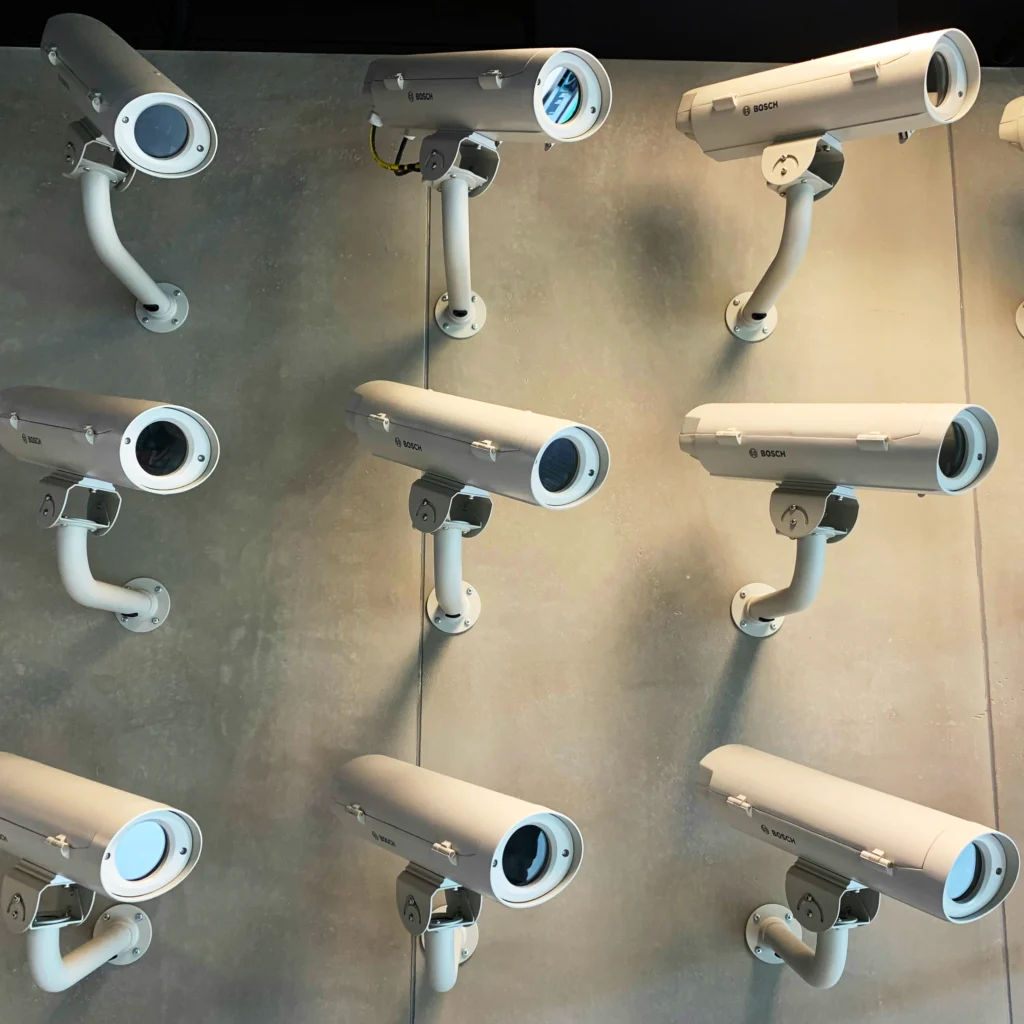
Human Detection, Vehicle Detection, and Auto-tracking Lite in CCTV Cameras
The world of video surveillance has evolved rapidly in recent years, thanks to artificial intelligence (AI) and deep learning technologies. Modern CCTV cameras no longer just record footage—they now come equipped with intelligent features like Human Detection, Vehicle Detection, and Auto-tracking Lite. These technologies are redefining security monitoring, making surveillance systems smarter, more efficient, and less prone to false alarms.
In this article, we’ll explore each of these features in detail, explain how they work, and mention some well-known brands that offer them.
What is Human Detection in CCTV?
Human Detection refers to a smart feature that allows CCTV cameras to identify and differentiate humans from other moving objects, such as animals, shadows, trees swaying in the wind, or vehicles. Unlike basic motion detection, which can trigger alerts for any kind of motion, human detection ensures that only people are detected, reducing unnecessary notifications.
How it Works:
Using deep learning algorithms and trained AI models, the camera processes video frames in real-time. It analyzes the shape, movement patterns, and size of the object to determine whether it is a human. These systems often use edge-based processing (within the camera itself) or cloud-based analytics to improve detection accuracy.
Benefits of Human Detection:
Fewer False Alarms: No more notifications triggered by pets or moving leaves.
Faster Search: Quickly locate events involving people during playback.
Enhanced Security: Ideal for intrusion detection in restricted zones.
Brands Offering Human Detection:
Hikvision (with its AcuSense series): Known for highly accurate human and vehicle classification.
Dahua Technology (with its WizSense series): Offers AI-based human detection in mid-range cameras.
UNV (Uniview): Provides advanced human detection features at a budget-friendly price point.
Reolink and Ezviz: Popular among homeowners for smart alerts and app-based human detection.
What is Vehicle Detection in CCTV?
Vehicle Detection is another intelligent function that enables cameras to recognize and track motor vehicles—cars, trucks, motorcycles, and sometimes even bicycles. Like human detection, this feature uses AI to classify and isolate vehicles from other objects in a scene.
How it Works:
AI-based algorithms analyze object features such as shape, movement direction, and speed to determine if an object is a vehicle. Cameras with this feature can track the vehicle’s path, trigger alerts for unauthorized access, and even integrate with license plate recognition (LPR/ANPR) systems for added functionality.
Benefits of Vehicle Detection:
Smart Traffic Monitoring: Perfect for parking lots, highways, and gated communities.
License Plate Integration: Enables tracking of specific vehicles.
Security Automation: Triggers alarms when a vehicle enters or exits a designated area.
Brands Offering Vehicle Detection:
Hikvision AcuSense: Provides both human and vehicle classification, reducing false alarms in outdoor environments.
Dahua WizMind: Advanced vehicle recognition including license plate capture and make/model recognition.
Milesight: Known for compact cameras with strong vehicle detection capabilities.
Axis Communications: Offers powerful analytics for traffic and vehicle surveillance.
What is Auto-tracking Lite?
Auto-tracking Lite is a simplified version of auto-tracking found in PTZ (Pan-Tilt-Zoom) cameras. While full auto-tracking uses high-end AI and powerful PTZ motors to follow subjects across wide areas, auto-tracking lite offers basic tracking of moving targets—typically humans or vehicles—without requiring a premium camera.
How it Works:
When a moving person or vehicle is detected, the camera locks onto the subject and follows their movement across the field of view. This is achieved using either digital pan and tilt on fixed cameras or with simplified mechanical PTZ in budget-friendly models.
Key Features of Auto-tracking Lite:
Subject-Focused Recording: Keeps the moving object centered for clear footage.
Budget Friendly: Suitable for small businesses or homes without the cost of full PTZ systems.
Smarter Surveillance: Adds intelligent follow features without complex setup.
Limitations Compared to Full Auto-tracking:
Limited tracking range and speed.
May struggle with multiple subjects or fast movement.
Usually lacks advanced zoom or target prioritization.
Brands Offering Auto-tracking Lite:
Dahuaand Hikvision: Both offer PTZ Lite or lower-end PTZ models with basic auto-tracking features.
Reolink: Includes basic auto-tracking in select smart PT cameras like the Reolink E1 Outdoor.
Imou(by Dahua): Provides auto-tracking in compact and affordable indoor/outdoor units.
UNV: Offers entry-level PTZ cameras with simple auto-tracking features.
Why These Features Matter in 2025
As security challenges evolve, users demand smarter systems that reduce manual work and improve reliability. Human and vehicle detection are vital for minimizing false alarms, which is especially important in busy environments. Auto-tracking Lite, while not as powerful as full auto-tracking, provides significant value for users who want subject-following without a high investment.
Together, these technologies make CCTV cameras more intelligent, practical, and efficient for everyday use—whether you’re securing a home, shop, office, or large facility.
Final Thoughts
The integration of Human Detection, Vehicle Detection, and Auto-tracking Lite in CCTV systems is no longer a luxury—it’s becoming the standard. These AI-driven features drastically improve surveillance efficiency, reduce storage waste, and enhance real-time monitoring. Whether you’re a homeowner looking for peace of mind or a business needing smarter security, investing in cameras with these technologies is a step in the right direction.
If you’re unsure which camera suits your needs, be sure to check out our detailed reviews and buying guides here on our website. We’re here to help you choose the best CCTV solution for your specific environment.
